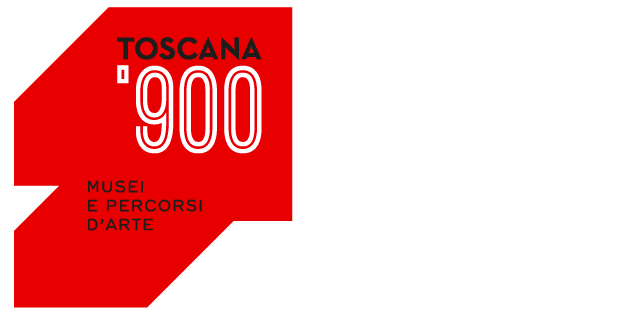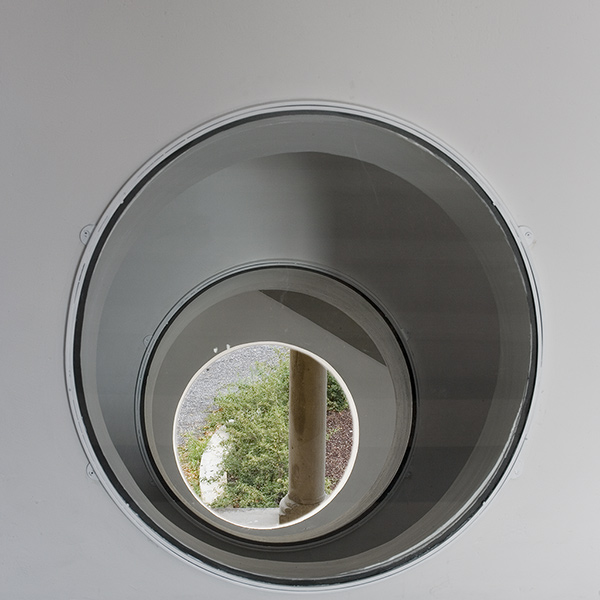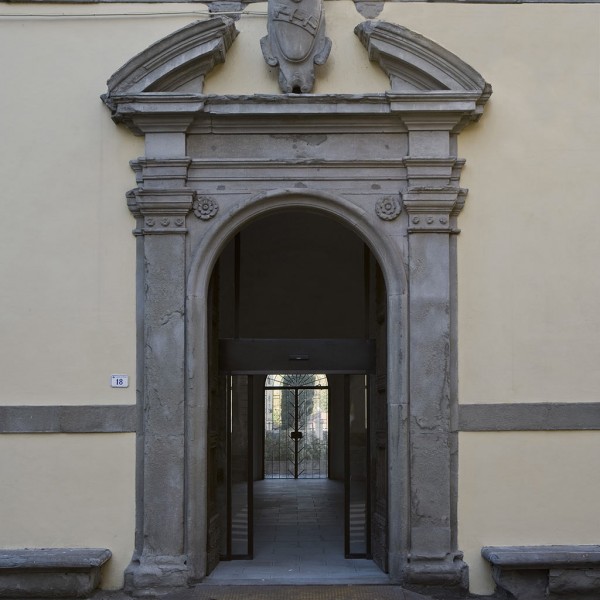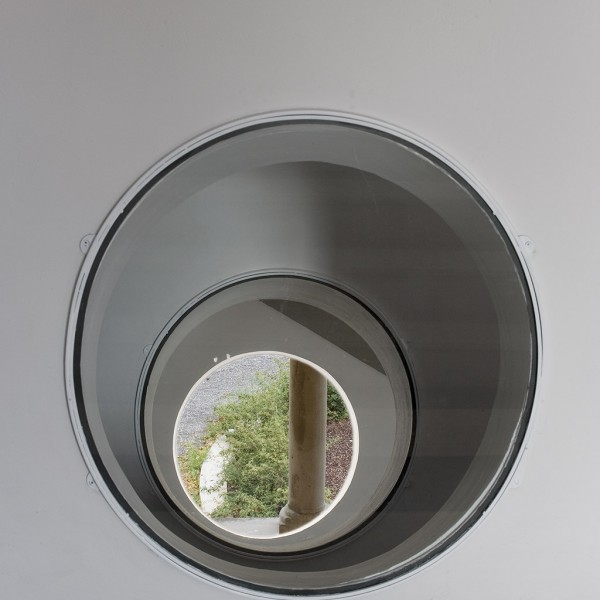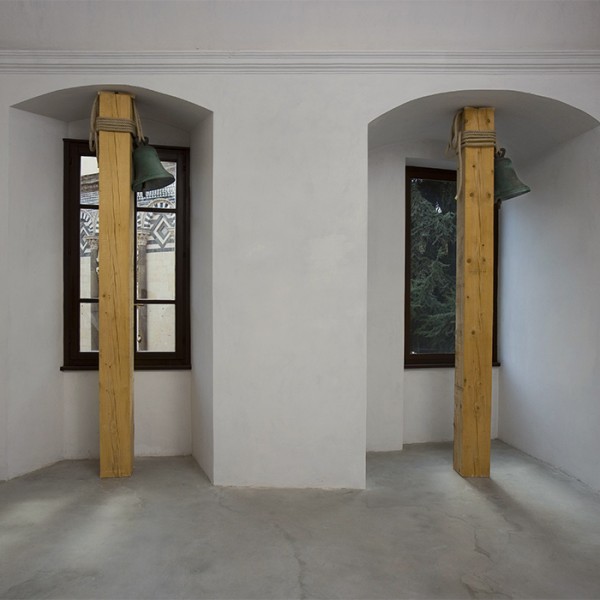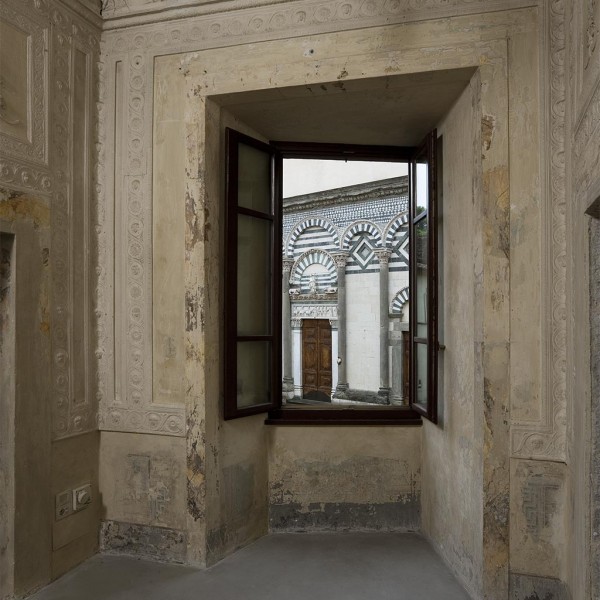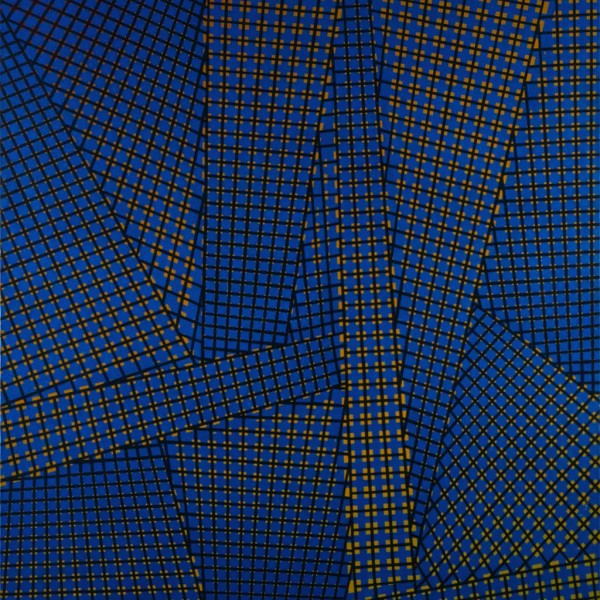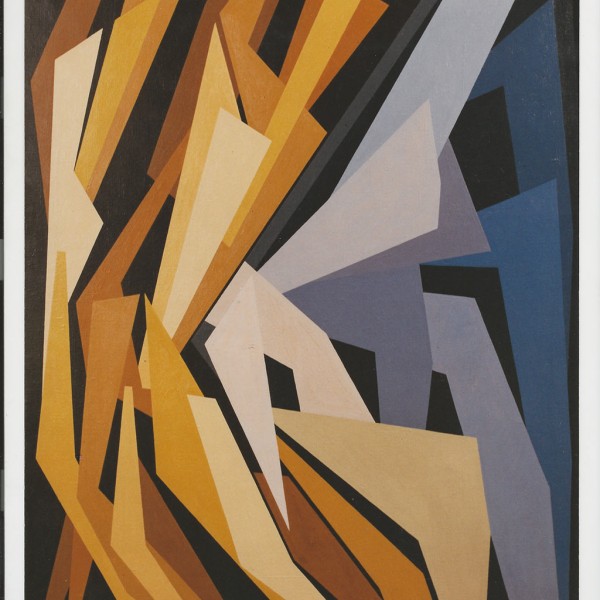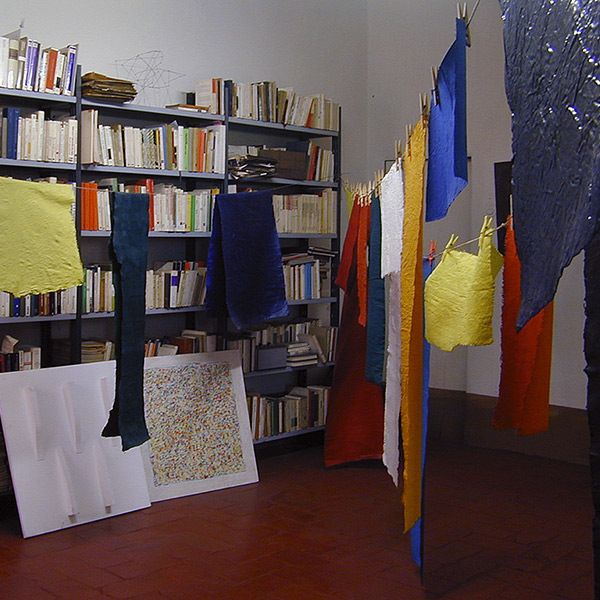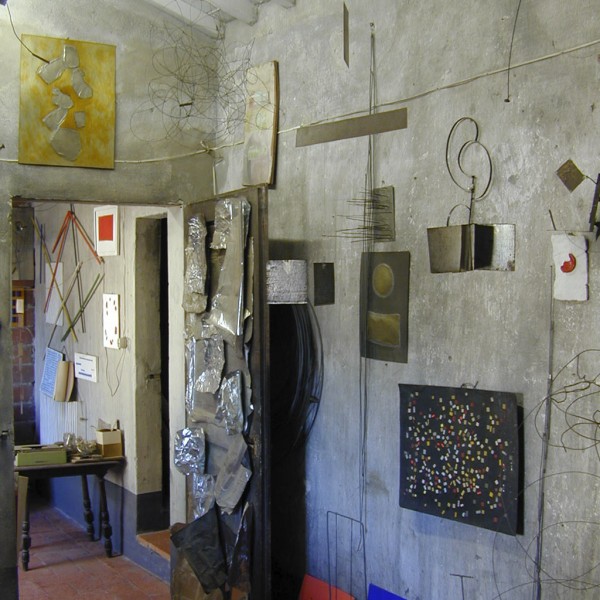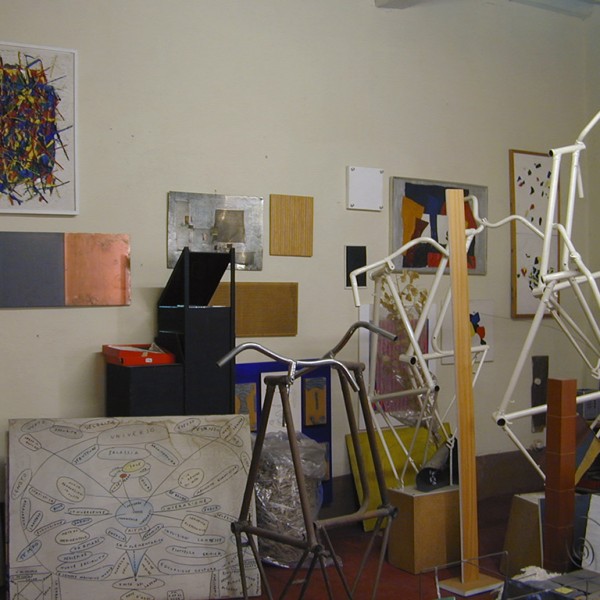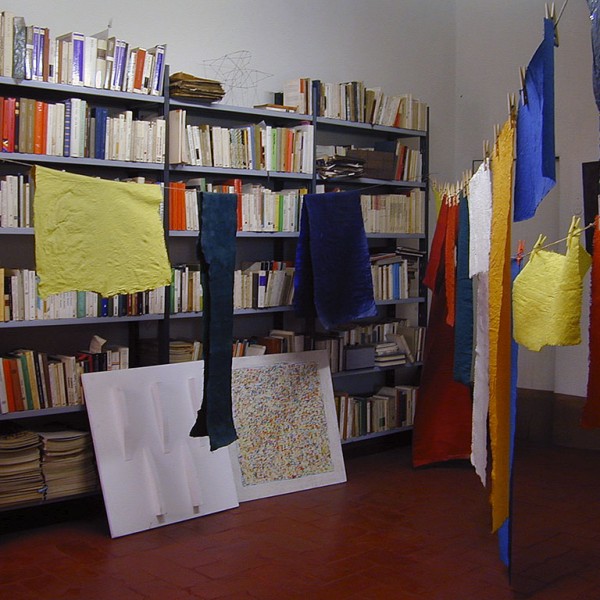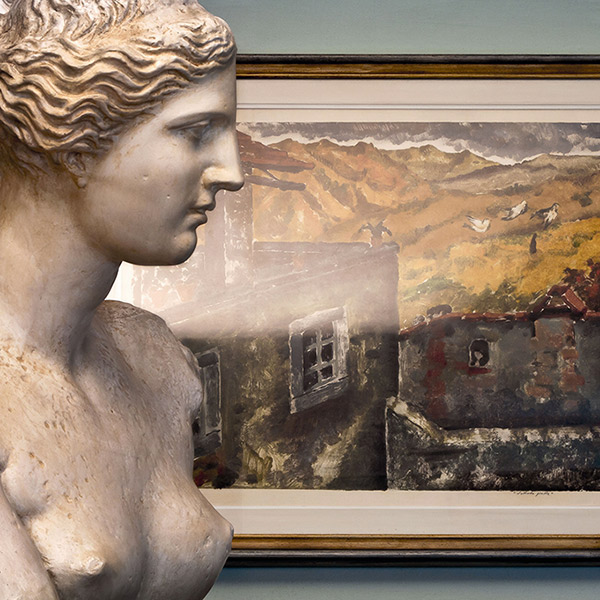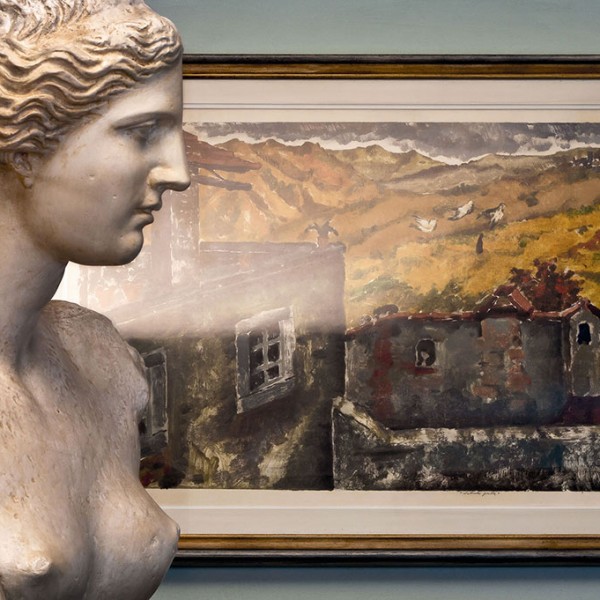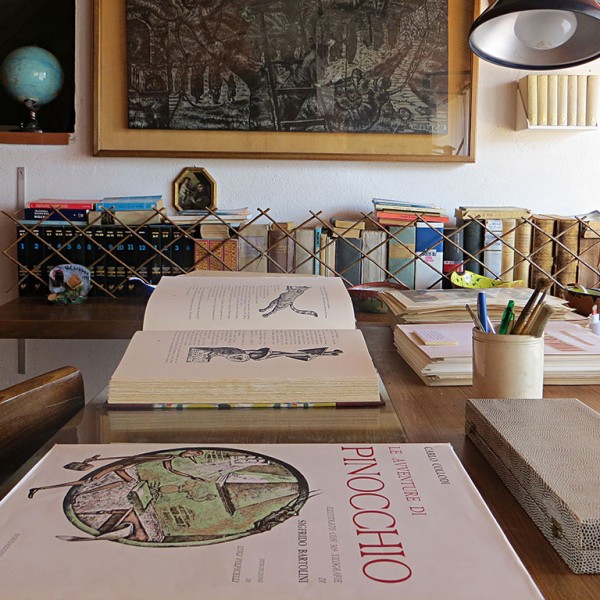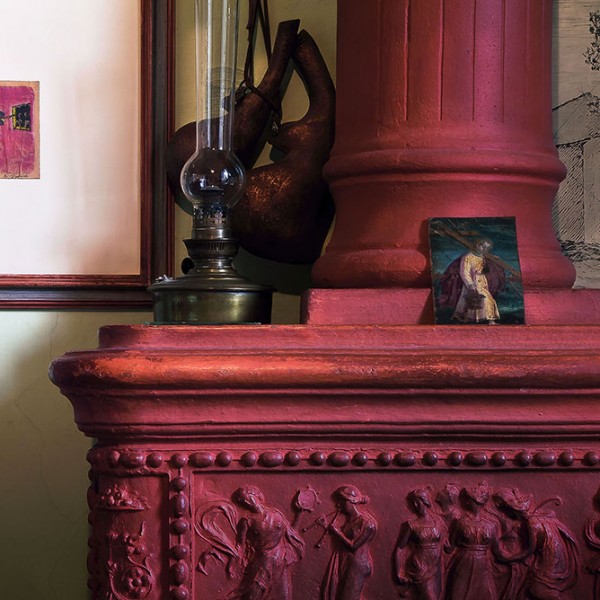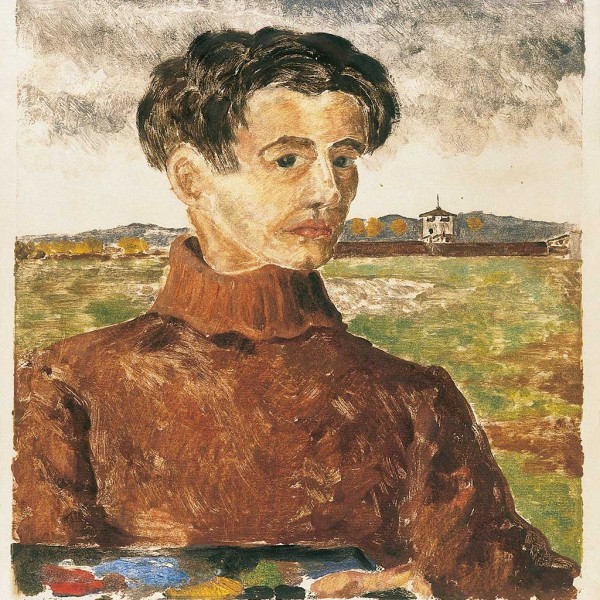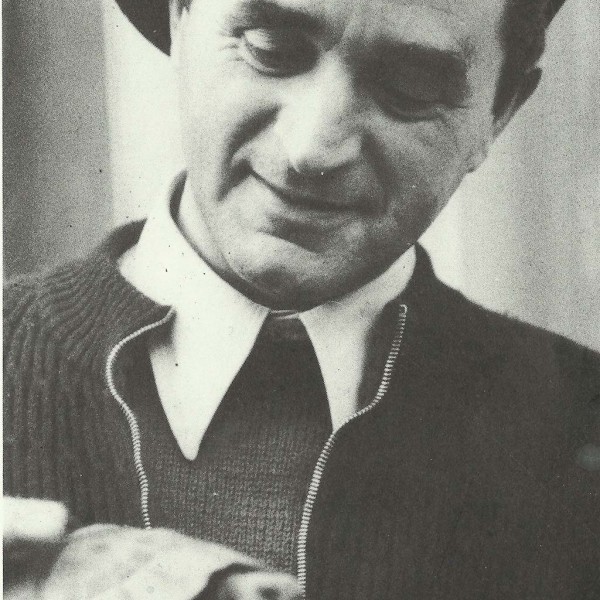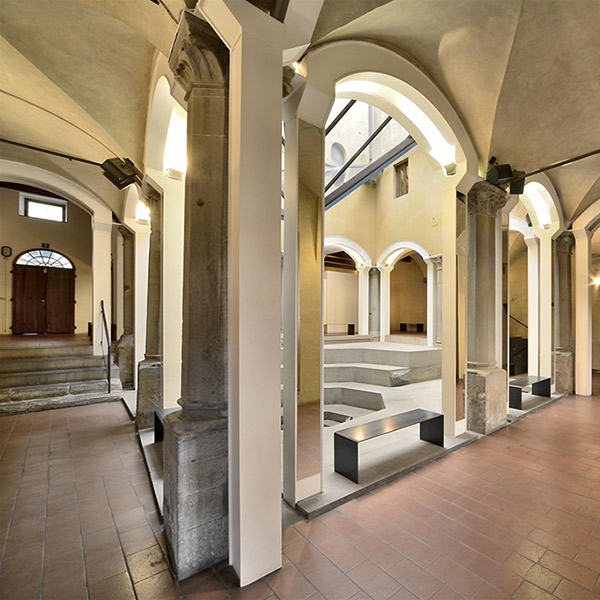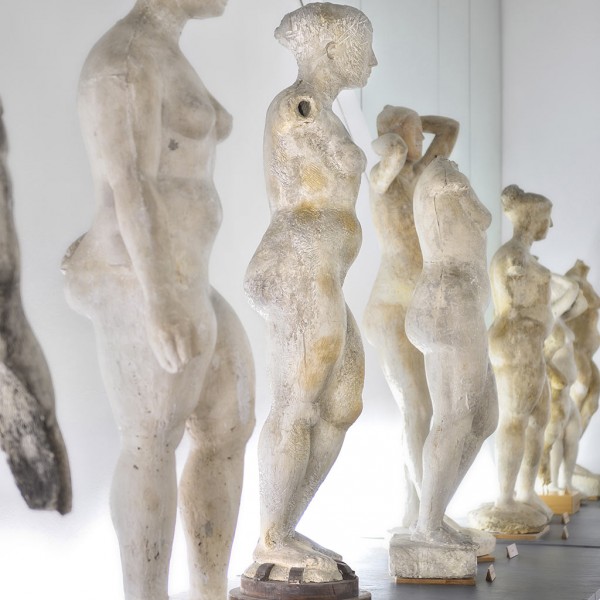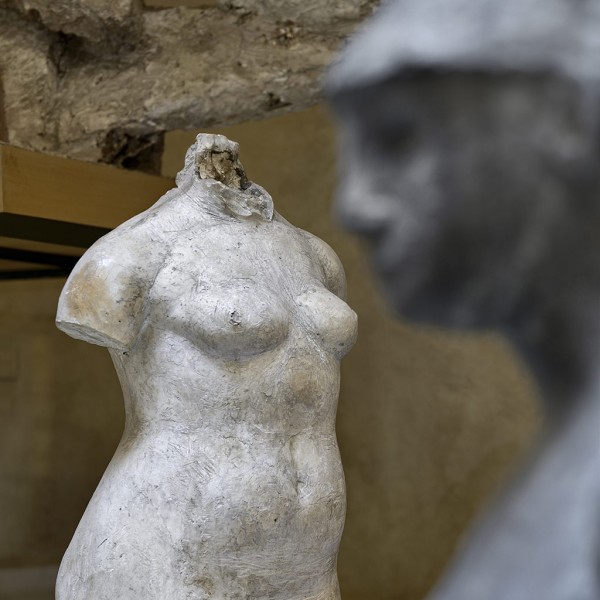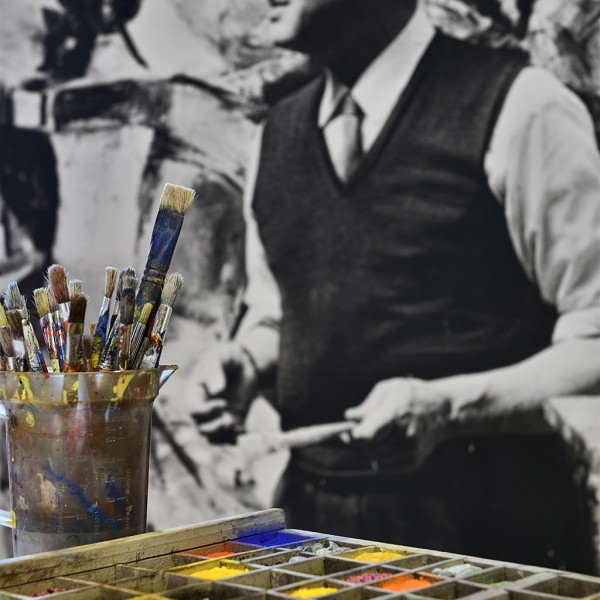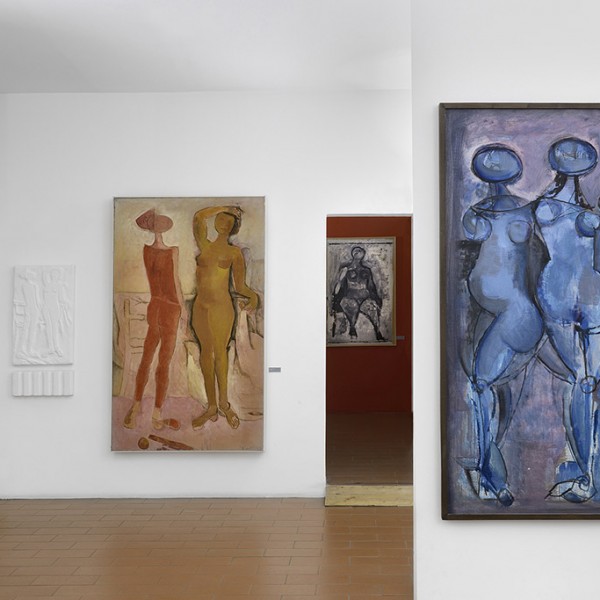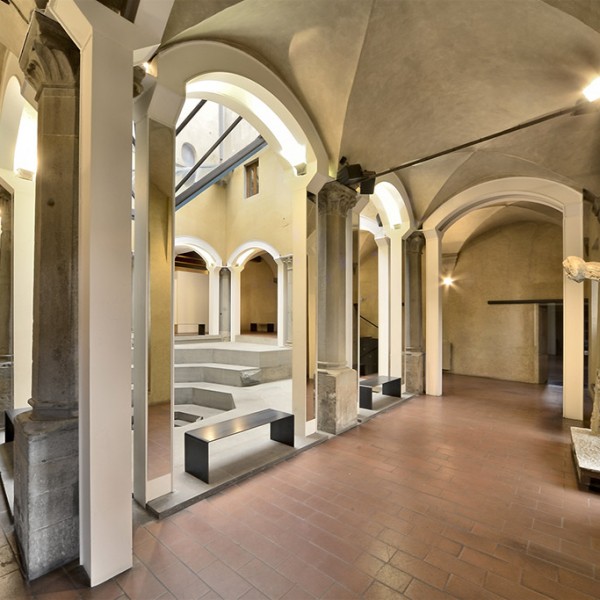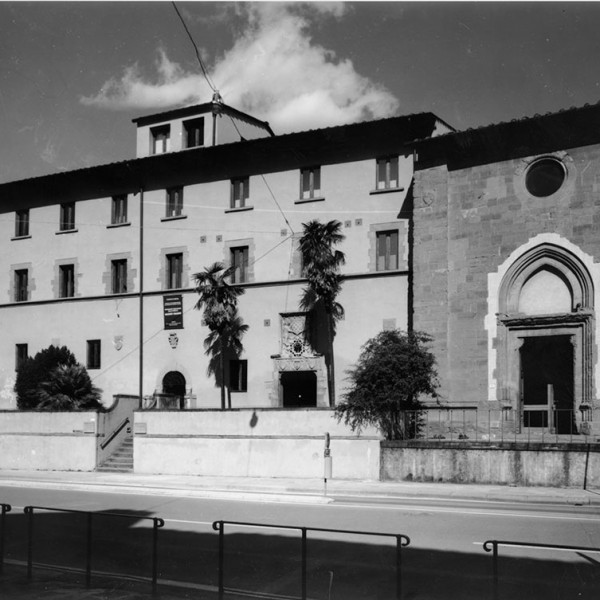PALAZZO FABRONI
An exhibition venue for modern and contemporary visual arts since 1997, the palace’s permanent collection, rearranged on the first floor in the spring of 2011, consists of civic oddments, acquisitions and donations that present artists and trends from the twentieth and twenty-first century.
Many of the artists are related to Pistoia by birth or adoption but work in the national panorama of abstract and informal art, such as Mario Nigro, Gualtiero Nativi and Agenore Fabbri. One of the rooms has the large-sized paintings and special projects by Fernando Melani, for which there was no space in his historic house museum and studio in Corso Gramsci (see list). The museum itinerary also includes the works donated to the Municipality by artists participating since 1990 in solo shows or anthologies in Palazzo Fabroni (among others Roberto Barni, Enrico Castellani, Giuseppe Chiari, Jannis Kounellis, Claudio Parmiggiani, Renato Ranaldi, and Gianni Ruffi).
ADMISSION FREE WHIT PASS
INFO
Via Sant’Andrea 18, Pistoia
Tel. (+39) 0573 371296
www.cultura.pistoia.it/rete_museale/it/musei-della-rete/palazzo-fabroni.html fabroni.artivisive@comune.pistoia.it
